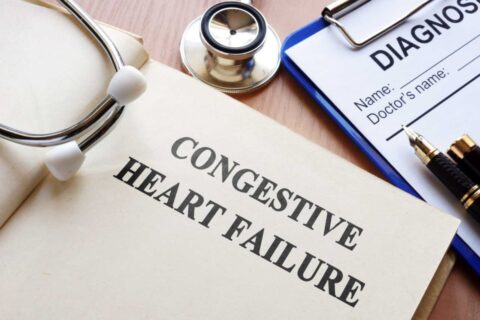Minimally Invasive Techniques for Treating Heart Disease

Minimally Invasive Techniques for Managing Heart Disease
Heart disease is an overwhelming diagnosis, but the days of needing major surgery for every heart issue are long gone. Thanks to advances in medicine, numerous minimally invasive heart treatments may be used to restore heart health without going under the knife. Explore some of these non-surgical cardiology options that offer real results with less downtime.
Angioplasty
Angioplasty is one of the most popular procedures in non-surgical cardiology. This treatment opens up clogged arteries, which occur when fatty deposits build up and reduce blood flow to the heart.
The doctor threads a thin tube called a catheter through a blood vessel to the blocked artery. A small balloon at the end of the tube is inflated to push the plaque against the artery walls, creating more space for blood to flow. Often, a tiny wire mesh tube called a stent is left in the artery to keep it open long-term.
This procedure generally takes about an hour, and most people are back on their feet within a day or two. No need to clear your schedule for months of recovery!
Stenting
While angioplasty does a great job of opening clogged arteries, the stent is what keeps things in place. After the artery is widened, the stent acts as a scaffold to keep it from collapsing back in on itself. Stents are usually made of metal and are designed to stay in your body permanently.
In some cases, your cardiologist might recommend a drug-eluting stent. This slowly releases medication to prevent new plaque from forming and narrowing the artery again, a process known as re-stenosis.
Thanks to stent placement, many patients avoid the need for more invasive coronary artery bypass grafting (CABG). Stenting is a much simpler, non-surgical approach that keeps your heart in great shape with less disruption to your life.
Cardiac Ablation
If your heart beats too fast, too slow, or erratically, you might have a heart rhythm disorder. Cardiac ablation is a minimally invasive treatment used to correct these issues. This procedure targets the small areas of heart tissue causing abnormal electrical signals, either by heating or freezing them to stop the misfires.
During ablation, a catheter is inserted into a blood vessel and guided to the heart. Once the problem area is identified, energy is used to destroy the tissue causing the irregular heartbeat. The rest of your heart continues functioning normally, and your rhythm gets back on track.
Cardiac ablation can be a lasting solution for people dealing with arrhythmias. It’s often done under local anesthesia, and recovery times are shorter than full-fledged surgery.
Transcatheter Aortic Valve Replacement (TAVR)
For patients with a damaged or narrowed heart valve, TAVR offers a minimally invasive alternative to open-heart surgery. In this procedure, the cardiologist inserts a new valve through a catheter, threading it to the heart through an artery.
The new valve is expanded into place, pushing the old, damaged valve aside and taking over its job of regulating blood flow. TAVR is particularly beneficial for patients who are considered too high-risk for traditional surgery. It provides excellent results without the long recovery or higher risks associated with open-heart procedures.
Pacemaker and ICD Implantation
For patients with serious rhythm problems like bradycardia (slow heart rate) or those at risk of sudden cardiac arrest, a pacemaker or implantable cardioverter defibrillator (ICD) may be recommended. These devices regulate your heartbeat so it stays in the right rhythm.
Both pacemakers and ICDs can be implanted using minimally invasive techniques. A small device is placed under your skin, usually near your collarbone, with wires that connect to your heart. For most people, these devices are life-saving, and the minimally invasive implantation process means they can be placed without the risks of major surgery.
Lifestyle Changes and Medications
While interventional techniques are incredibly effective at restoring cardiac health, not all heart conditions must be treated with a procedure. Heart disease can often be managed with lifestyle changes and medications. Here’s what your doctor may recommend:
- Quit smoking
- Adopt a heart-healthy diet
- Exercise regularly
- Manage stress
While the above lifestyle changes are key components of a healthy heart, you may also need medications to help prevent complications, such as:
- Statins to lower your cholesterol
- Blood thinners to reduce the risk of clots
- Beta-blockers to regulate your heart rate
In many cases, combining lifestyle changes and medications with a minimally invasive procedure gives patients a long-term solution to manage heart disease without major surgery.
Heart Disease Management in Sugar Land, TX
At Complete Cardiology Care, we pursue these minimally invasive heart treatments to help you avoid major surgery unless absolutely necessary. Whether you’re considering angioplasty, stent placement, or ablation, our team provides the non-surgical cardiology services you need. Rest assured that you’re in good hands with Dr. Yassir Sonbol, our board-certified interventional cardiologist with over 15 years of experience serving patients in Sugar Land, TX. Contact us today to learn more about our minimally invasive techniques.


